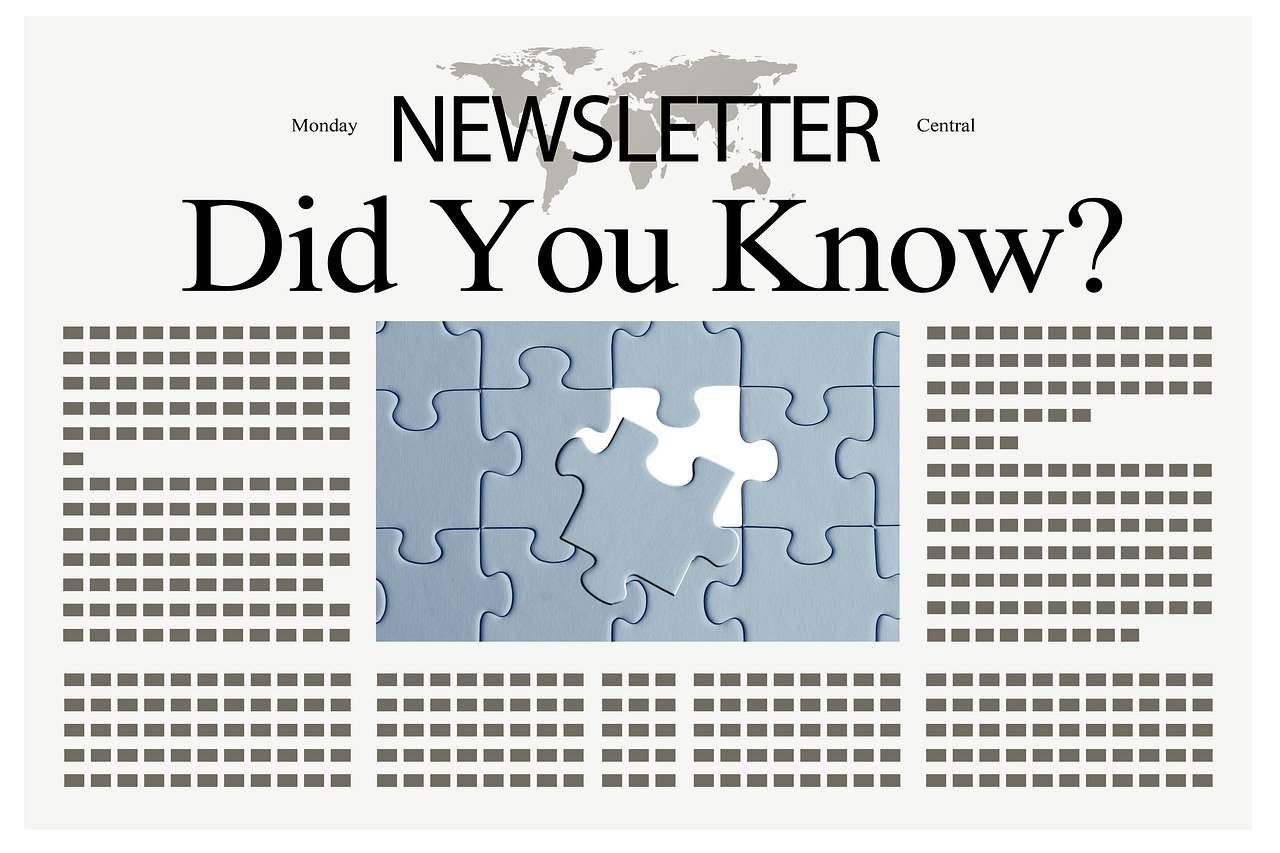
Email newsletters or eNewsletters are valuable tools for businesses small and large. They offer the opportunity for your experts to share their industry knowledge, which also supports search engine optimization (SEO). That, in turn, attracts people seeking your expertise to your website, driving more leads to your business. Since the cost to create and publish content online is relatively low, eNewsletters make sound business sense. In this article, we cover how to jumpstart your email newsletters to give your business greater visibility and generate sales.
1. Define your target audience.
When we hear professionals say that their product or service is ideal for everyone, we remind them that we’re looking for their ideal customer and it’s important to get very clear on who is most likely to buy and even evangelize about what you sell. Then when you identify that key prospect, get clear about their interests, needs, and likes so you can customize your content.
2. Write a compelling article title that you can also use as your email subject line.
This title should clearly communicate the topic of the article and even entice readers to open and read the email newsletter. Since the subject line also serves as the article title, consider keywords that prospects may be using to search for related content and feature one or two of those keywords in the title.
A best practice is to keep the subject line to a maximum of 60 characters. Including emojis can also add visual interest and help your eNewsletter stand out in readers’ inboxes.
3. Rely on an email marketing platform.
We suggest using a marketing automation tool like MailChimp or Constant Contact, which help distribute emails to large numbers of email addresses without your eNewsletter getting caught in spam filters or junk email. Also sending your email newsletter directly from your work email system like Microsoft Outlook can cause your domain to get flagged and blocked. Additionally, the email marketing platforms allows you to easily collect new subscribers, keep your contact list updated and see statistics about the success of your newsletter campaigns such as open rates and click-through rates (CTR).
4. Beyond the content, visuals matter.
We recommend using a large horizontal image at the top of your article. Online, this image is referred to as a hero image and is common on websites. Within the email newsletter itself, this top image gives another visual clue about the topic covered. Throughout the article, you can use images and infographics to break up the text so that it’s easier on the eyes to navigate. Just be sure not to use someone else’s copyrighted images.
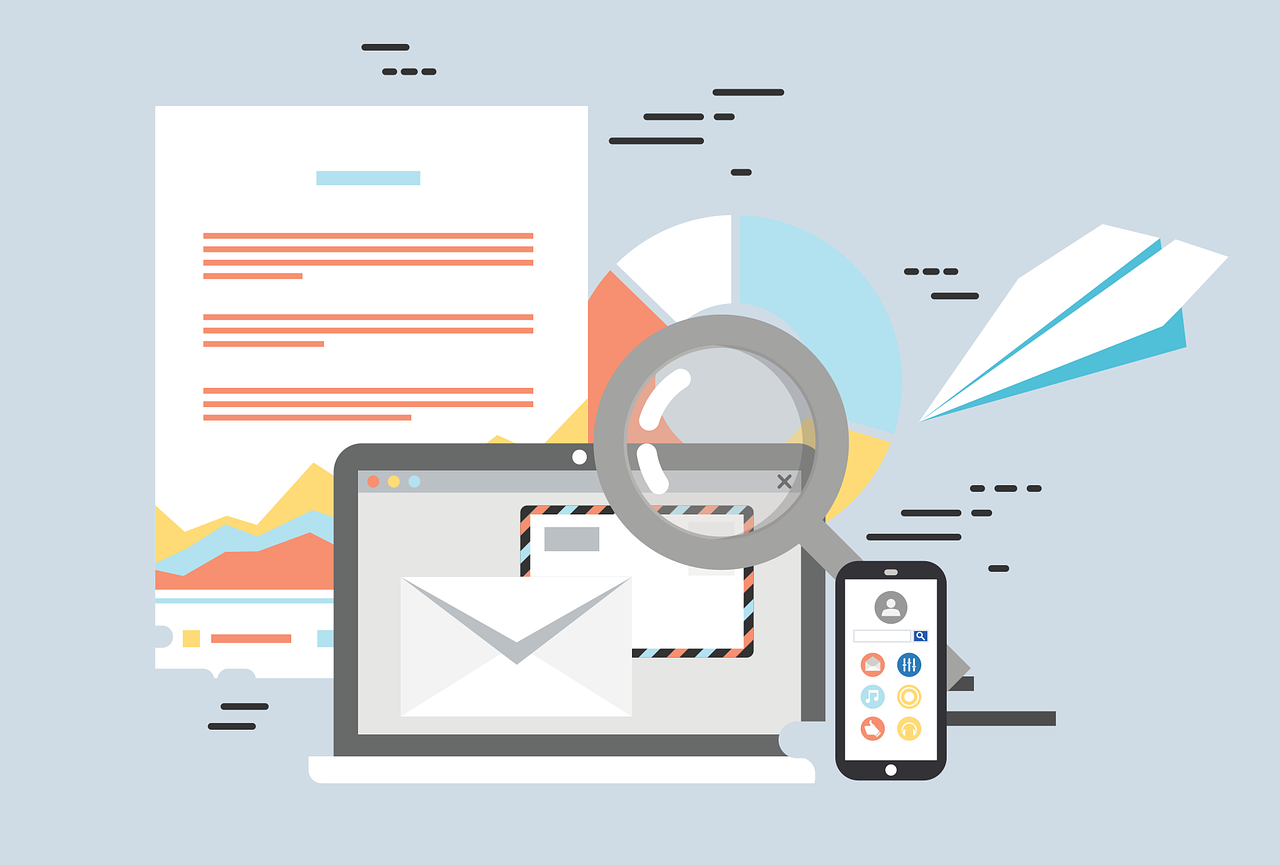
5. Make it digestible.
Remember that most readers will take a cursory look at the content and quickly decide if it looks too long or if it’s not worth their time reading. Keep paragraphs to about 100 words each. Use bullet points to break up text and use sub-headings to create sections that are easy to scan and digest. For instance, look at this post specifically and how it uses images, numbered bullets, bolded text and sub-headings to make it easy to read.
6. Emphasize expertise.
Avoid pure sales tactics by sharing useful insights and tips to educate your target audience. When done repeatedly over time, this builds your online authority and gives your readers plenty of reasons to return to your website. After all, you’re establishing your credibility on the subject, while creating trust with your targets.
7. Consistency, consistency, consistency.
Setting up a regular schedule when your eNewsletter will be distributed helps your followers know when to expect to hear from you. This creates familiarity and builds brand awareness.
8. Include a call to action (CTA).
As you’re writing the eNewsletter, think through the next step that you want readers to take. Is it to contact your business through a web form, schedule an appointment, download another piece of content, or share the initial article on social media? There should always be a CTA in your eNewsletter and web content. You can also experiment with CTAs embedded in different places of the article as well as with different visual elements. How do readers respond to a simple embedded link versus a brightly colored CTA button. How can you refine this to get more engagement?
9. Test-send your eNewsletter.
The email marketing platforms mentioned earlier typically allow you to test-send your email newsletter so that you can review what that will look like on various devices—from a mobile phone to a laptop, desktop and tablet. It’s also critical that your eNewsletter is optimized for mobile since there’s a good chance that’s how many subscribers will consume your content. This test also gives you the opportunity to check that all the links are working properly and that there aren’t any weird line breaks. We recommend testing your eNewsletter by sending it to someone who didn’t write the content to put another set of fresh eyes on it. Even as professional writers, we proof each other’s work.
10. Measure.
Monitor your open and click-through rates over time to measure your progress. Establish benchmarks of where you are now and where you hope to grow. Compare your measurements against industry averages, often available through the email marketing platforms, so that you have realistic expectations for your sector. (See the “How Do I Know If My eNewsletter is Working?” section below for more details.)
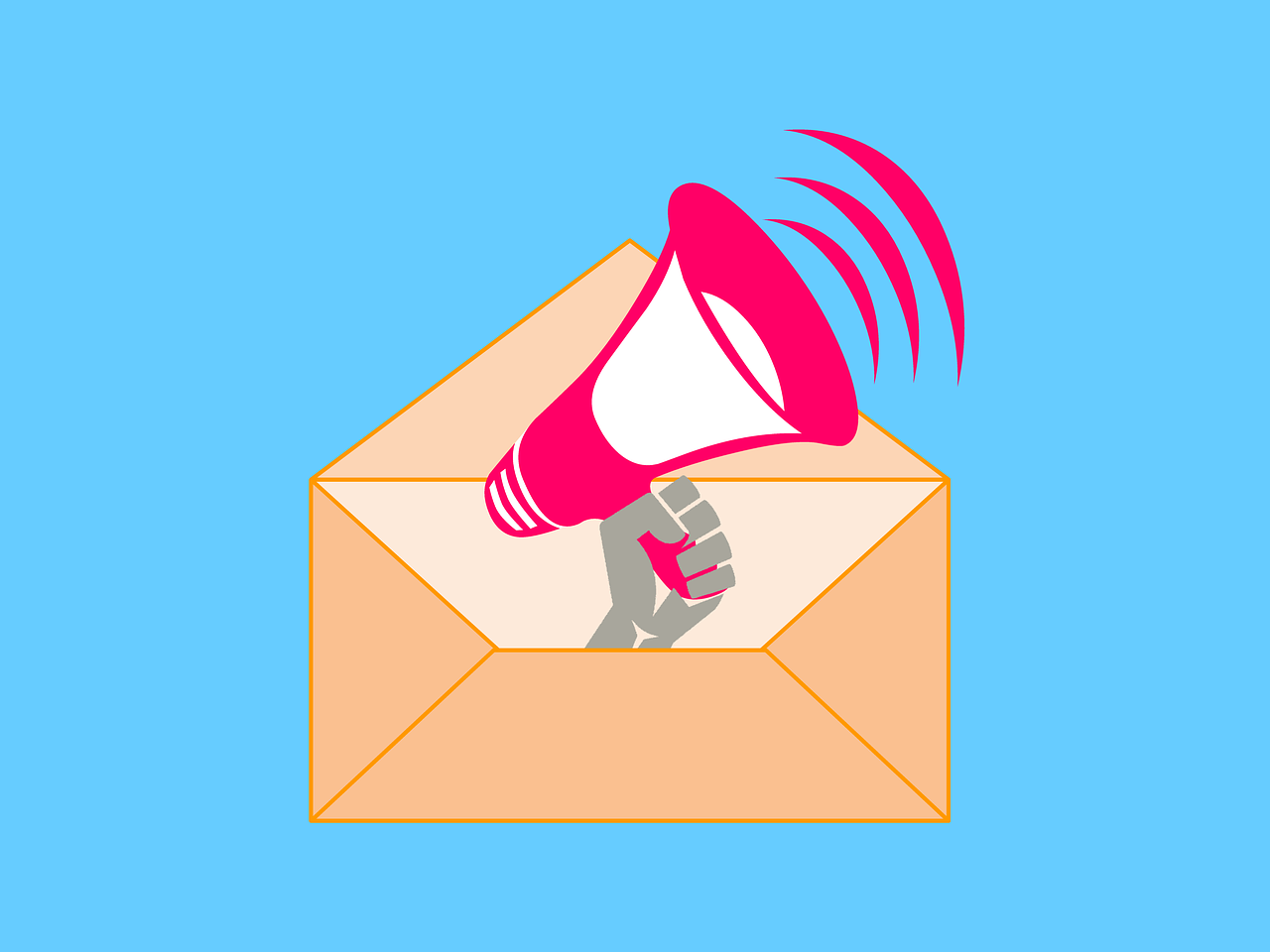
How Often Should You Distribute Your eNewsletter?
One of the most common questions we receive is about newsletter frequency. You should strike a balance between keeping your subscribers engaged and not bombarding them with too many emails, which leads to opt-outs. We typically recommend publishing eNewsletters once or twice a month. More important than frequency is the ability to commit to the cadence long-term. Consider starting with a monthly newsletter, monitor your open rates and click-through rates, and keep a pulse on readers engagement. If subscribers are actively engaging with your brand through your newsletter, blog post or its promotion on social media, that could be an indicator that there’s appetite for a more frequent publishing schedule.
How Long Should eNewsletters Be?
Since all the email newsletters we help clients with have at least a goal of driving website traffic, we recommend aiming for 800-1,000 words per post. This gives the search engines an adequate amount of content to scour and understand which types of online searches could be answered by your blog post.
We then suggest putting the first few paragraphs in the actual email to give readers a taste of the topic covered and encourage them to click through to the full article on the website. This approach also provides additional opportunities to engage readers on your website and convert them to a warm lead or even a sale. Experiment with varying lengths and see which length garners the best response from your targets.
How Do I Know If My eNewsletter is Working?
After you’ve invested time and energy into creating your eNewsletter, you of course hope every subscriber reads it. After all, you are the subject matter expert and you’ve written dazzling content. Realistic open and click-through rates vary by industry and market size.
According to Hubspot, “The average open rate across all industries is 38.49%” and “the average CTR across industries is 8.29%.” However, it’s essential that your organization benchmark against a similar industry and even business size to get a realistic idea of how your email newsletter adds up. Many of the email marketing platforms offer these industry benchmarks. Even a simple online search can give you some good data.
While open rate and CTR are popular metrics for eNewsletters, measuring certainly doesn’t have to stop there.
- Conversion rates: The percentage of subscribers who took a desired action (remember the CTA that we discussed earlier), such as requesting an appointment online or downloading another piece of content. This metric is valuable in monitoring how your audience is engaging with you and your content.
- Subscriber growth: You always want to be growing the number of your new subscribers because if you’re not growing it, the list is likely dwindling. Why? People change jobs and forget to update their email addresses. Organizations change their company name or merge with another, changing their domains and, thus, email addresses. Actively promoting the value of your newsletter can help you build the size of your email list and reach more targets.
- Unsubscribe rates: Looking at the number of people who opt out of your eNewsletter is also insightful. If the unsubscribe rates seem high or spike suddenly, you may need to examine the content and frequency so you can adjust accordingly.
Email newsletters can be an effective tool for establishing your expertise, building brand awareness and generating business leads. By providing valuable content, you can build trust and credibility. Creating strong content that’s visually appealing and Includes strong CTAs motivate your readers to take the next step and become customers. By regularly measuring the success of your newsletter, you can identify the preferred topics and frequency that best engage your prospects with content that hits the mark.
Ready to start communicating with prospects and customers via an eNewsletter? Tell Your Tale Marketing can help. Contact us today.


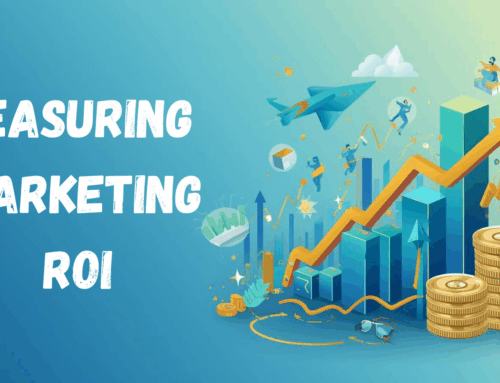


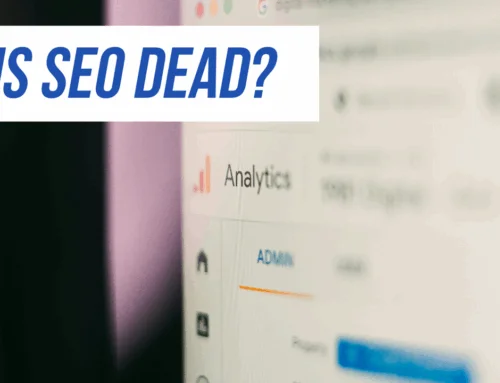


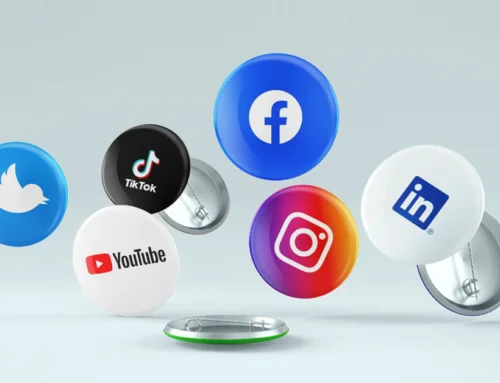


Leave A Comment